
Scientifica’s best neuroscience research picks from February 2022
In this article, we share our top picks for the best neuroscience research stories published in February. These include an explanation for life flashing before our eyes when we die, an insight into differences in the brain between autistic girls and boys, and an investigation into the big question of how our experiences eventually become memories.
How do people use the sound of their voice to control their speech?
A new study led by NYU Grossman School of Medicine has shown that the dorsal precentral gyrus, plays an essential role in how people use the sound of their voices to control how they want the words to sound. Until now, the specific role of each subregion in the cerebral cortex on real-time speech feedback was unclear.
The results were published in the online journal PLOS Biology, and these showed that the dorsal precentral gyrus played a crucial role when delays in speech were maximised. The senior investigator of this study, Adeen Flinker, PhD, stated that this study confirms for the first time, the critical role that the dorsal precentral gyrus has in maintaining control over our speech and ensuring that we pronounce our words as we want to.
The findings of this study may allow more focused treatments on this region of the brain for conditions with delayed speech processing in the brain, such as Parkinson’s disease.
Read more here
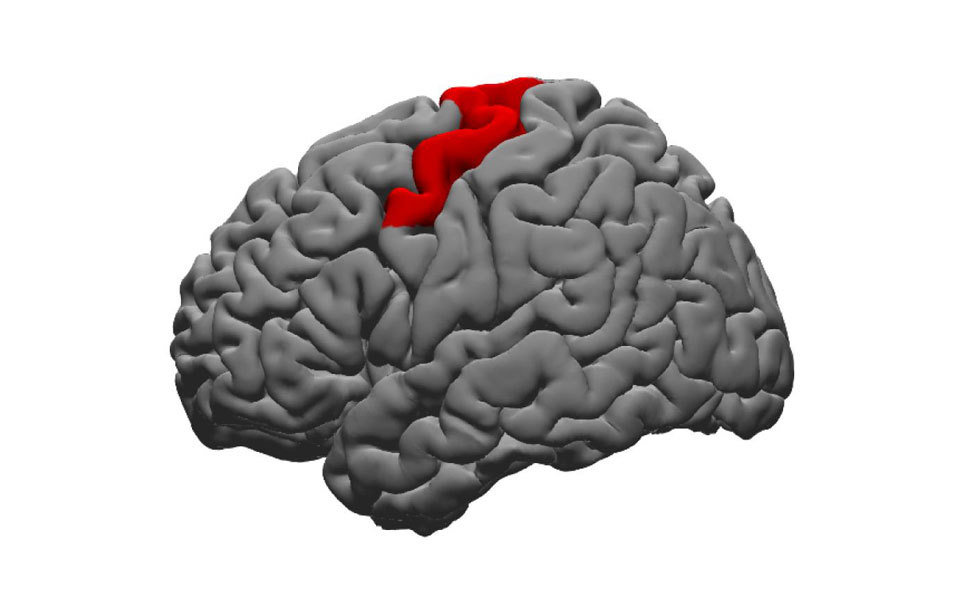
"Math neurons" identified in the brain
In a study conducted by the Universities of Tübingen and Bonn, researchers concluded that the brain has neurons that fire specifically during certain mathematical operations. In essence, the findings detected neurons that are active exclusively during additions, while others are active during subtractions.
Nine adults participated in this study and had electrodes implanted in their temporal lobe to record nerve cell activity. The effect was also consistent when the mathematical symbols “+” and “-” were replaced with words. This study marks an important step towards better understanding humans’ ability to calculate with numbers.
Read the full story here
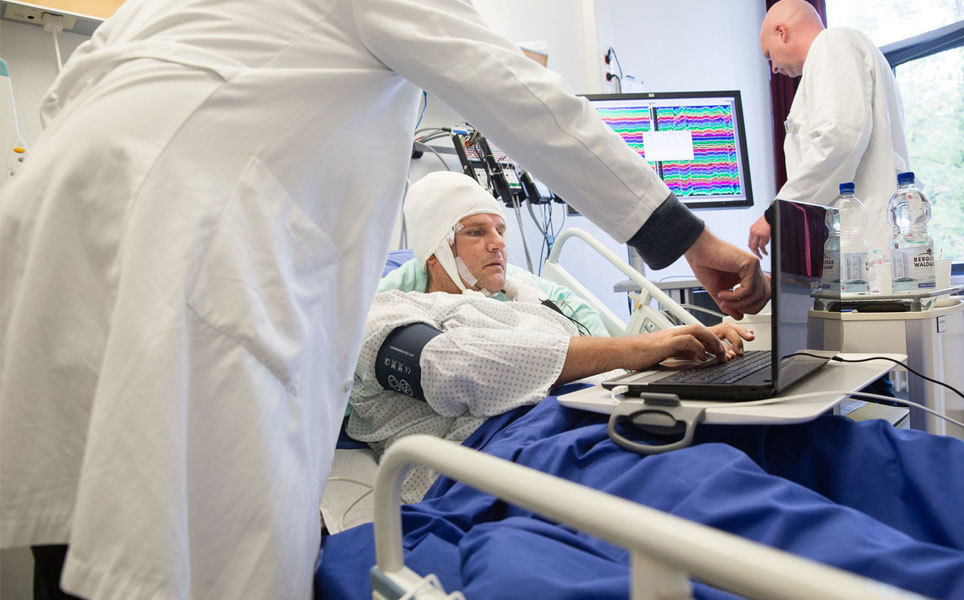
Brain region associated with feeling full after eating identified
It is normal for a person to feel full, or satiated, after eating a meal. A new study led by the University of Arizona has discovered a brain region and neural circuitry that mediate satiation. The main implications of this study include better treatment of eating disorders and weight management.
Although past research has mapped the circuits for satiation to the brain’s central amygdala, the complexity of the neurons in this region of the brain has made it hard for scientists to map where the signal goes next. These findings concluded that after the amygdala, the signal moves to neurons located in a brain region called the parasubthalamic nucleus, or PSTh, responsible for the feeling of satiation.
Despite these findings, the researchers noted that satiation is likely to be mediated by multiple brain regions working together, and that the PSTh is one piece in a larger puzzle that controls the feeling of satiation.
Read the full story here

Study finds differences between brains of girls and boys with autism
A recent study from Stanford University School of Medicine shows that brain organisation differs between boys and girls with autism. This was identified through analysis of hundreds of brain scans using artificial intelligence. The research helps to explain the differences in autism symptoms between the sexes.
A major challenge in the diagnosis of autism in girls is that the symptoms are often less prominent than in boys, which leads to delayed diagnoses. With this study, there is an indication that different tests may be needed for females, using artificial intelligence algorithms. This would allow autism treatment to start earlier in life, which would make a huge difference on the child’s development.
Learn more about this research

How do our experiences become memories?
A research team led by Wayne State University has addressed a major outstanding question in theoretical models of memory. The scientists found that communication between two crucial memory regions in the brain – the medial temporal lobe (MTL) and prefrontal cortex (PFC) – controls the process of our experiences becoming part of what we remember. As these brain areas mature with age, the precise way they interact allows for the better formation of long-term memory.
To investigate the nature of the relationship between the two key memory regions in the brain, the research team used rare electrocorticographic (ECoG) data recorded simultaneously from MTL and PFC in neurosurgical patients, children and adults, who were trying to memorise pictures of scenes. This study is another step towards understanding brain development and understanding age-related differences in recognition performance.
Read more
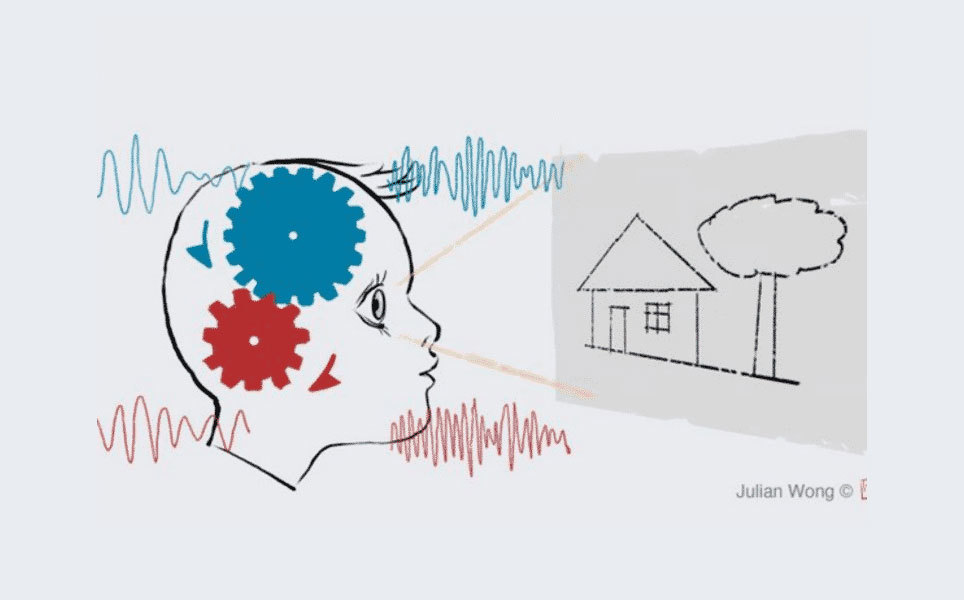
How a gene variant protects against Alzheimer’s
University of California, Irvine scientists have discovered the mechanisms behind a good mutation in brain immune cells, and how this lowers the risk of developing late-onset Alzheimer’s.
The study was focused on a variant of the PLCG2 gene, which makes the instructions for producing an enzyme important to brain immune cells called microglia. The variant, known as P522R, increased expression levels of several microglial genes that are reduced in people with Alzheimer’s. The variant also increased the number of white blood immune system cells in the brain, proposing that it may have a positive effect on other significant aspects of the immune function.
This leading research paves the way for further studies on the progression and treatment of Alzheimer’s.
Read the full story here
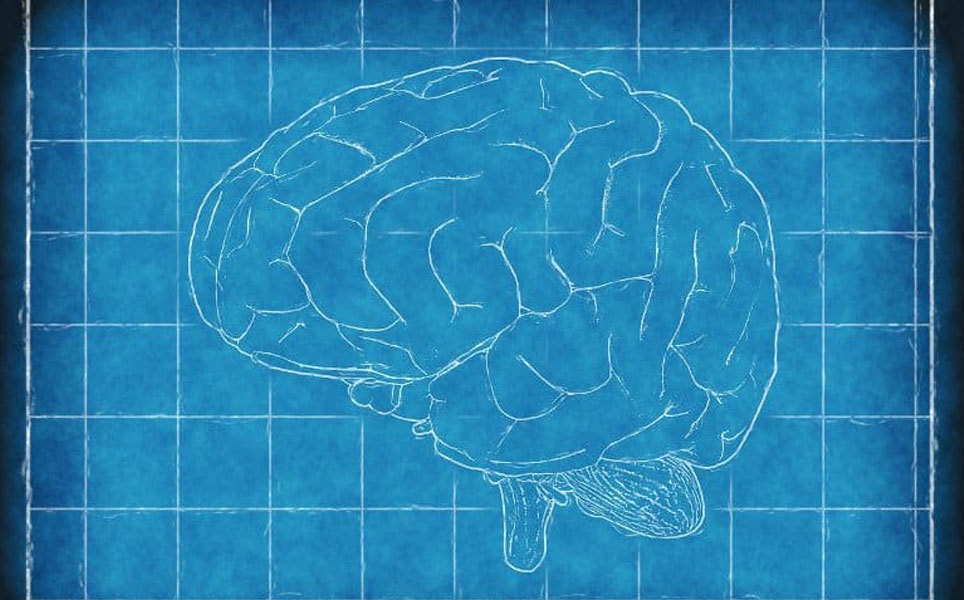
A replay of life: What happens in our brain when we die?
A study published by Frontiers provides new insights into the role of the brain during death. The research provides an explanation as to why people reported having vivid memory recalls in near-death experiences.
For the first-time ever, neuroscientists have recorded the activity of a dying human brain. They discovered rhythmic brain wave patterns just before the heart stopped beating. These type of brain oscillations are normally present in living human brains and associated with several high-cognitive functions, including memory retrieval.
The neurosurgeon who organised this study, Dr Ajmal Zemmar, hopes that people can find comfort in knowing that our loved ones are replaying the nicest memories they have, before leaving us to rest in peace.
Read the full story here
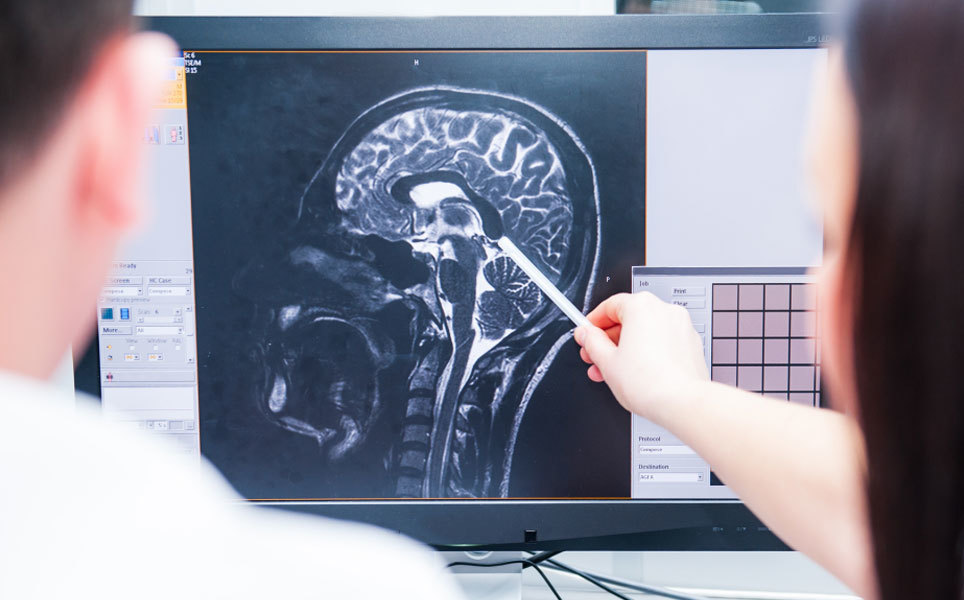
Take a look at our previous top neuroscience stories
Banner credit: Photo by Robina Weermeijer on Unsplash

)